When is the right time to start vegetable and flower seeds indoors? As soon as the new year arrives, that question becomes one of the more popular ones into our inbox. And with good reason!
Growing your own plants from seed is one of the most rewarding things a gardener can do. Not only can it help save big money on your garden budget, it also opens up your growing potential to a whole list of plants not often found in local stores and greenhouses.
Most chain stores and local greenhouses concentrate on growing standard vegetable and flower plants. But when you grow your own plants from seed, the sky is the limit.
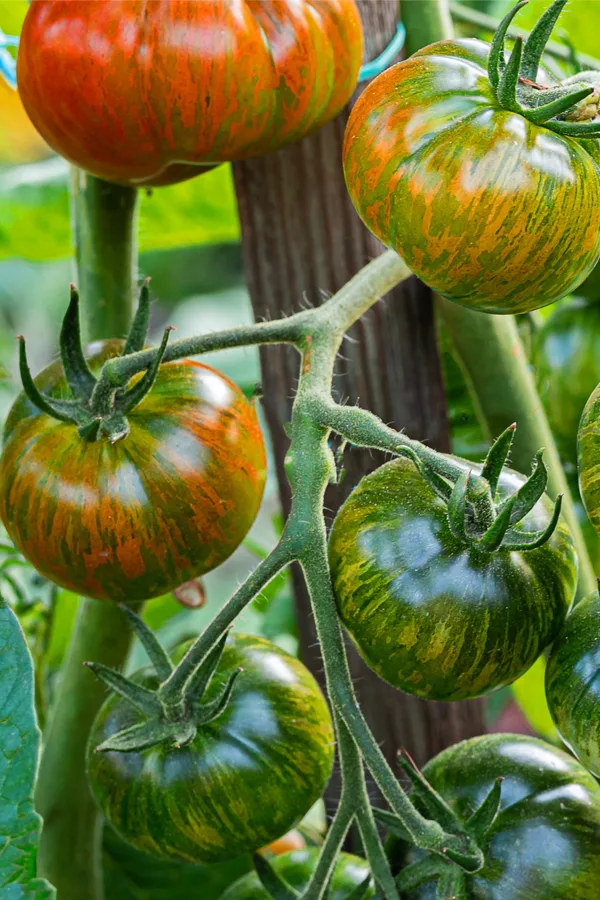
From unique and flavorful heirloom tomatoes, peppers and other specialty vegetable plants, to flowers that have the most uncommonly beautiful foliage and blooms – growing your own plants from seed allows you the opportunity to grow anything and everything. Well, at least as long as you can find a seed for the plant!
But once you have your seeds, knowing when to start them indoors is one of the most critical keys to a plants overall growing success. In fact, it can make all the difference between healthy, vibrant mature plants, or ones that struggle to even survive.
How To Know When To Start Seeds Indoors
The Dangers Of Starting Plants Too Early Or Too Late
Vegetable and flower seeds need to be started indoors at the right time to ensure they are large enough to be transplanted, but not so big that they become difficult to manage and keep alive until planting day.
Although gardeners are usually chomping at the bit for gardening season to roll around, starting seeds too early indoors can lead to a whole slew of problems. Both for you, and your plants!
Listen in below to our podcast on Starting Seeds Indoors!
If allowed to grow too long indoors, seedlings often begin to get too large for their containers. When that happens, roots become crowded, and the plants begin to suffer if they are not transplanted into a larger container.
Not only can that be time consuming for a gardener, it can also be hard on the plant. The more a plant has to adjust to new soil, the more it affects its future growing potential.
The Issue With Large Transplants…
It takes time and energy to adjust to new soil. Every time a plant is transplanted, there will be a natural delay of growth while it adjusts. Finally, an oversized transplant can have even more issues once it heads to its permanent home outdoors.
Overly large transplants struggle to support their own weight. Without having their roots established in the soil, they can topple over with ease. Meanwhile, a transplant that is just the right size has an easier time to quickly adjust and continue growing.
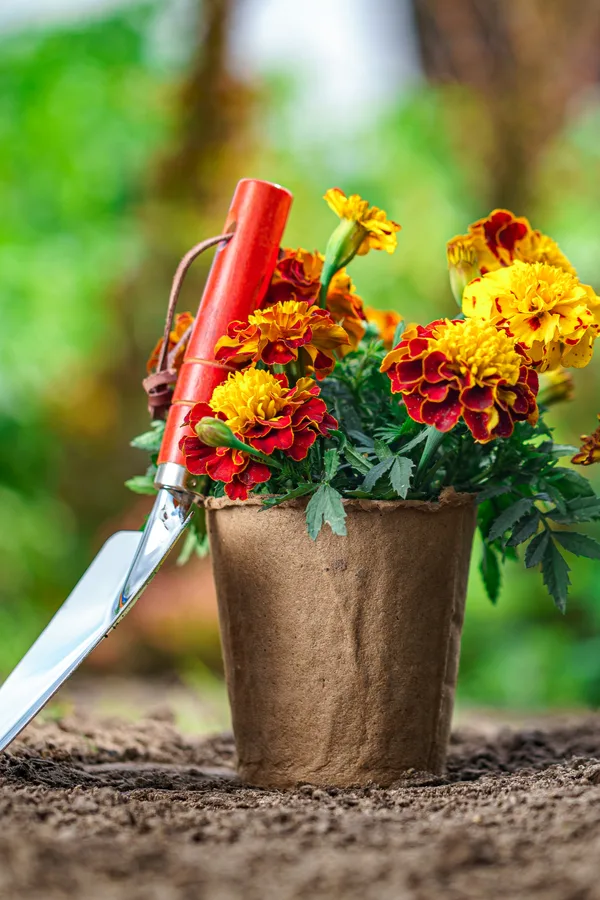
Even if you don’t grow your own vegetables and flowers from seed, always select transplants at the store that are more moderately sized. The overgrown, large transplants may look enticing, but the mid-size plants will set their roots better and grow much faster, often surpassing the larger plants within weeks once planted in the garden.
Planting Seeds Too Late – How To Know When To Start Seeds Indoors
Unfortunately, starting seeds too late can cause just as many issues for young transplants. Without enough time to grow and develop their roots, immature seedlings often struggle to even survive when planted outdoors.
Under-developed plants also have little success trying to handle the wild swings of temperatures that spring can bring. A small, tender transplant will quickly fall victim to a light frost or hot scorching day time temperatures. Both of which, of course, can easily occur in a volatile spring!
So how do you know when to start your seeds at just the right time? Well, it’s actually easy – as long as you know your last average frost date!
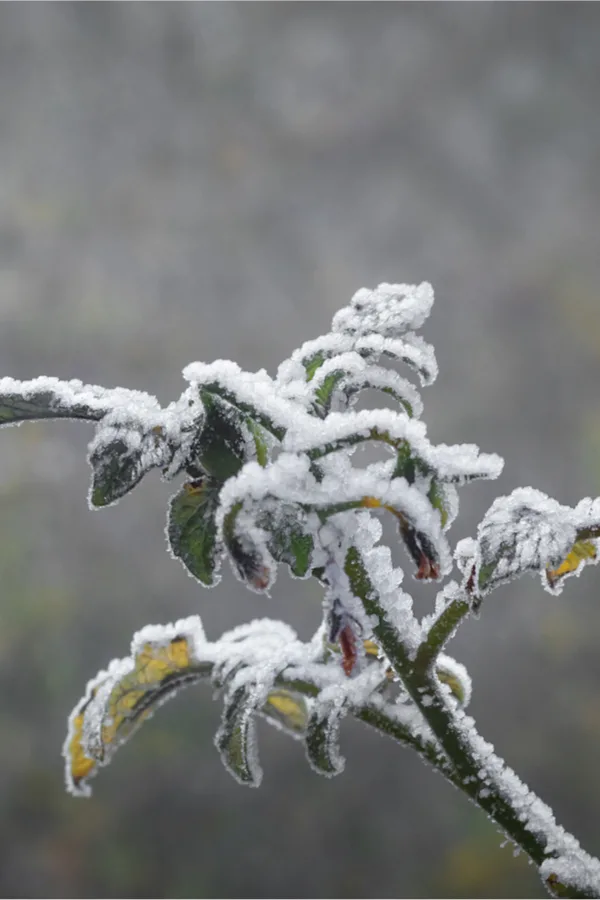
Knowing Your Average Last Frost Date – How To Know When To Start Seeds Indoors
To know when to start you seeds indoors, you first need to know when your average last frost date is. That is the day in your area that is most likely to be the last day an overnight frost occurs each year. Understand this is not a set-in-stone date, just a good starting point.
There are a multitude of websites that can help you determine your last frost date. Our favorite to use is the Farmer’s Almanac Frost Dates page. Just type in your zip code, and your last average frost date will appear.
In addition to planting after a danger of a frost has passed, your transplants also need the soil to be warm enough for good root growth. Because of this, we always try to plant about 10 to 14 days after the last average frost date. Not only will it keep plants safe, it also allows the soil to warm even more.

The 3 Factors Of Seed Germination – How To Know When To Start Seeds Indoors
There is also one more important factor to account for when starting seeds indoors, and that is to know how long it will take for your seeds to actually germinate once they are planted. And when it comes to germinating flowers and vegetable plants, not all seeds are the same.
Seed germination times will depend on three factors. And it is important to keep each in mind when thinking about starting your seeds. First and foremost, the temperature and humidity are two of the biggest factors of all.
If your seeds are located in a warm room (70 degrees+ Fahrenheit), the warmth will allow them to germinate more quickly. In addition, if the soil is more moist than dry, it will help speed germination as well. This is why it is important to keep your seed trays covered until the first few seeds germinate. (See: How To Start Seeds Indoors)
Finally, the variety of plant matters as well. Most annual flower seeds (marigolds, petunias, etc.) germinate quickly. In fact, in most cases, they will sprout easily within 7 days.
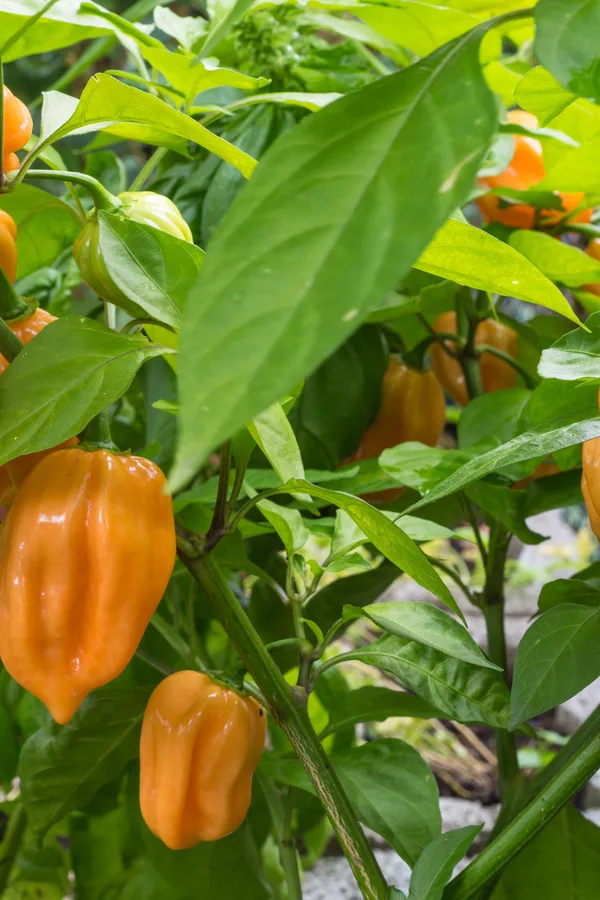
Vegetable plants such as cucumbers, zucchini and tomatoes are just as fast. But peppers on the other hand, and especially hot peppers, can take weeks. In fact, some hot peppers can take as long as 3 weeks or more to finally sprout through the soil!
Counting Backwards – How To Know When To Start Seeds Indoors
Once you know your last average frost date, you can simply count back the weeks recommended for growing your specific plant. Again, it is better to add that extra 10 or 14 days from the average frost date for safe planting.
On average, most annual plants need between six to eight weeks of growth to be sizable enough for planting outdoors. To be sure, always check the back of your seed packet for the recommended growth time.
Over the years, we have found that it best to allow them to have the full eight weeks to really develop good root structure. Any more, and they become a bit unmanageable. Any less, and they simply aren’t ready for the outdoors.
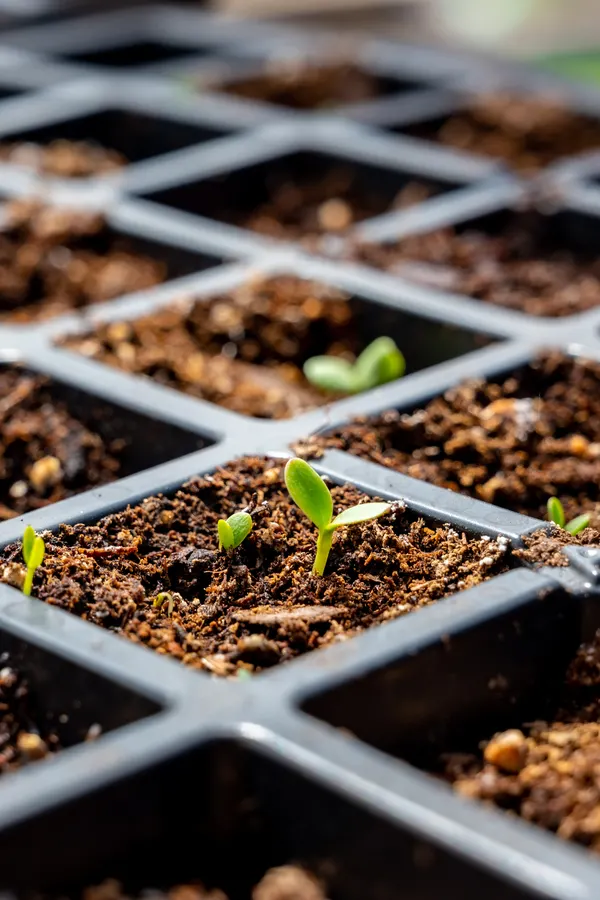
But be sure to take into account seed germination times as well. If a seed takes 14 to 21 days to germinate, that means you need to allow an extra two to three weeks to have plants that have been growing for at least six weeks.
On the other hand, if your seeds germinate in as little as five to seven days, adding one more week when counting back is more than enough.
Here is to knowing when the best time to start your seeds indoor is – and to gardening success! Happy Gardening – Jim and Mary.
Jim and Mary Competti have been writing gardening, DIY and recipe articles and books for over 15 years from their 46 acre Ohio farm. The two are frequent speakers on all things gardening and love to travel in their spare time.
As always, feel free to email us at thefarm@owgarden.com with comments, questions, or to simply say hello! You can sign up for our free email list in the subscribe now box in the middle of this article. Follow us on Facebook here : OWG Facebook. This article may contain affiliate links.
